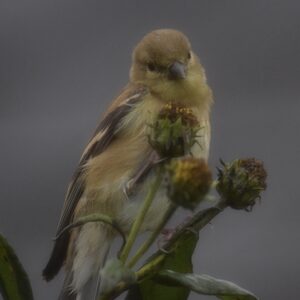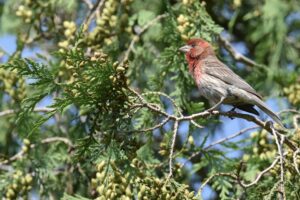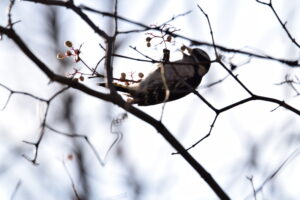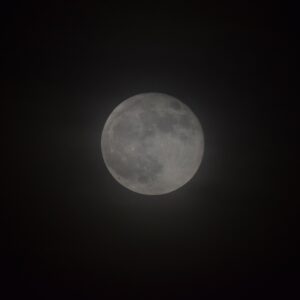My new telephoto lens is probably now my most high tech piece of camera equipment, and I’ve been pretty impressed with its capabilities. As I’ve been teaching myself to use it, I’ve been getting an idea of what kinds of things it can do.

I mentioned in my last post that I can use my telephoto lens like a pair of binoculars, but the lens actually has an edge over binoculars because it has some built in stabilization that cancels out the tiny movements you make when holding something, which get very magnified when looking at a zoomed in image of something far away. This means the image I see looking through the viewfinder is much steadier than what I see looking through binoculars. (And then being able to take a photo of whatever I’m looking at is also nice, of course!)

When it comes to taking the actual picture, the stabilization helps some in preventing the photo from being blurry from slight movements (when you aren’t using a tripod, which isn’t very practical in a lot of situations), but the usual way to do this is with a very fast shutter speed. The person at the camera shop where I got the lens told me I’d be able to use a bit slower shutter speed than I would otherwise, but I would still need it faster than I was used to to get a sharp photo. Despite this advice, it was probably inevitable that I would try pushing the limits with lower speeds eventually (because faster speeds limit the light available and you end up with a darker picture or you have to find a way to make up for it elsewhere), and surprisingly, I was finding I could hold the camera steady enough to use pretty low speeds without getting a blurry photo, which is great… until a subject starts moving around quickly.


Lately it seems like I’m very much starting to get the hang of getting good bird photos (I’ll probably save those for their own posts, though), but even the less than perfect shots have been helping me to identify quite a lot of birds I wasn’t able to see clearly enough before; I mostly just managed to identify the bigger/brighter/more distinctive looking species.


Oh my gosh. Incredible work, Brennah!